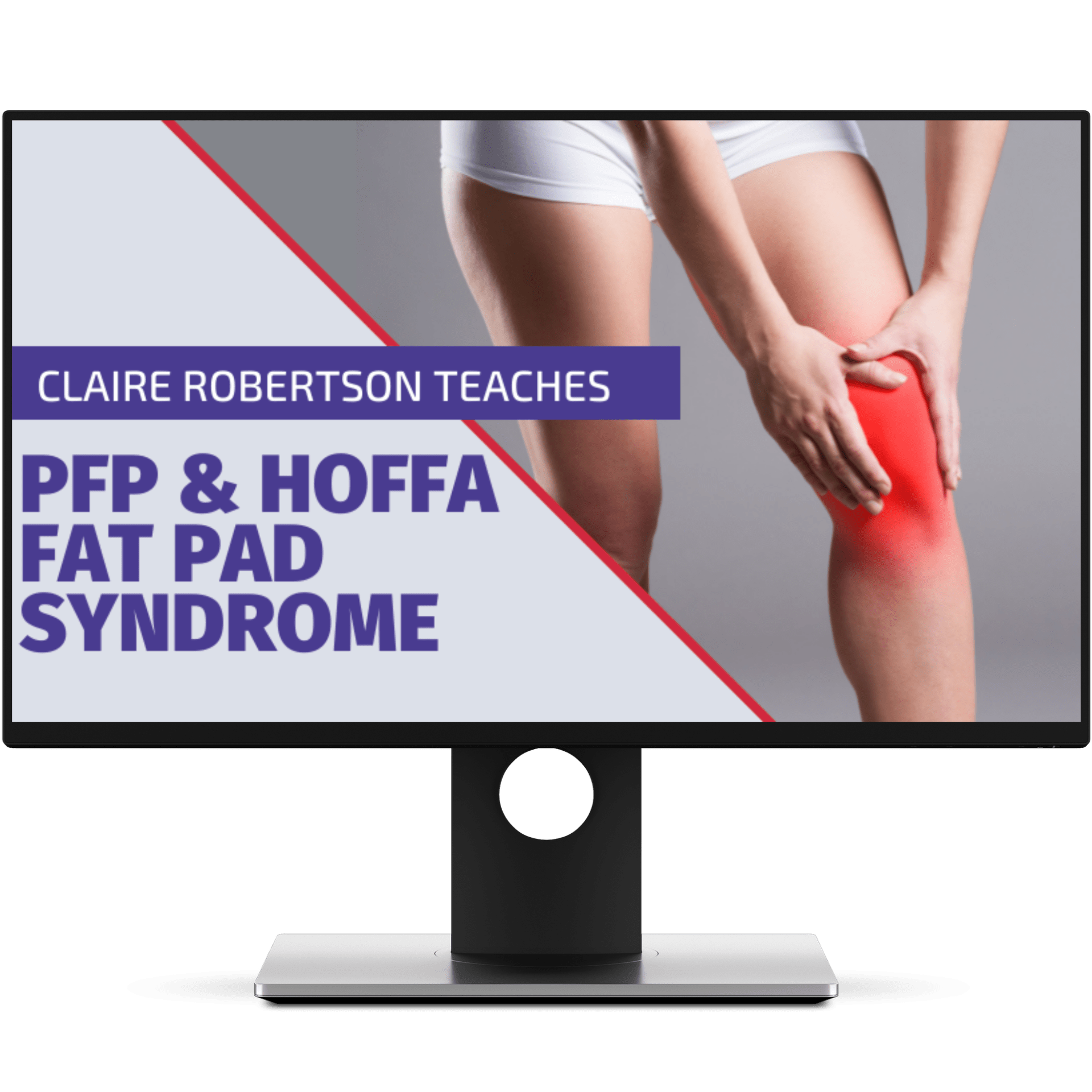Osgood–Schlatter Disease: a 2020 Update
OSD is a common anterior knee complaint in active children between 10 and 15 years old. What do we currently know of this pathology?

Ladenhauf et al (2020)
More of a listener than a reader? Learn about this 2020 update in this video!
Epidemiology
OSD is a common anterior knee complaint in active children between 10 and 15 years old. Different theories exist regarding epidemiology. The two most prominent one’s are inflammation due to repeated friction of the patella tendon against the tibial tuberosity. Small avulsion fractures results, leading to pain and swelling.
The diagnosis could rely solely on a thorough history and examination, often an x-ray is not required.
The second theory states that it’s not so much about the avulsion fractures, but rather the patella tendon and surrounding structures that cause the child to have pain and swelling in the area.
History
There are a few known risk factors divided in modifiable and non modifiable factors:
Non modifiable factors include:
- male gender
- patellofemoral alignment
- stage of physeal growth
Modifiable factors include:
- a higher body weight and/or BMI
- weekly practice routine
- tightness of the hamstrings, calf, and quadriceps
- reduced core stability.
The diagnosis could rely solely on a thorough history and examination, often an x-ray is not required. One could obtain an X-ray to exclude possible free ossicles and further rule-out other conditions.
Patients with OSD will tell you about worsening symptoms with knee loading which would reflect physical strain on the tibial tubercle. That includes activities like jumping, running, squatting and kicking.
Possible thickening and tenderness of the patella tendon might further increase your suspicion. At last, one should assess the complete lower extremity for strength and muscle tightness.
PATELLOFEMORAL PAIN & FAT PAD SYNDROME
Claire Robertson has helped thousands of professionals around the world to assess & treat patellofemoral pain and fat pad irritation. Finally, she is sharing her knowledge online in her only complete 2-day online version of her course.

Treatments
Treating OSD currently relies on mostly clinical reasoning and expert opinion since we do not have a lot of data. Recommended strategies include activity modification, pausing provocative activities, exercises, flexibility training of tight muscles, core stability training, NSAID’s and/or ice. Exercises included in a recent Rathleff study (ref.) included isometric leg extensions, wall squats, bodyweight squats, lunges, and hamstring bridges.
Corticosteroid injections are not recommended.
Reference
Ladenhauf et al (2020): https://pubmed.ncbi.nlm.nih.gov/31714260/
Rathleff et al (2020): https://pubmed.ncbi.nlm.nih.gov/32284945/

Max van der Velden
Research Manager
NEW BLOG ARTICLES IN YOUR INBOX
Subscribe now and receive a notification once the latest blog article is published.







